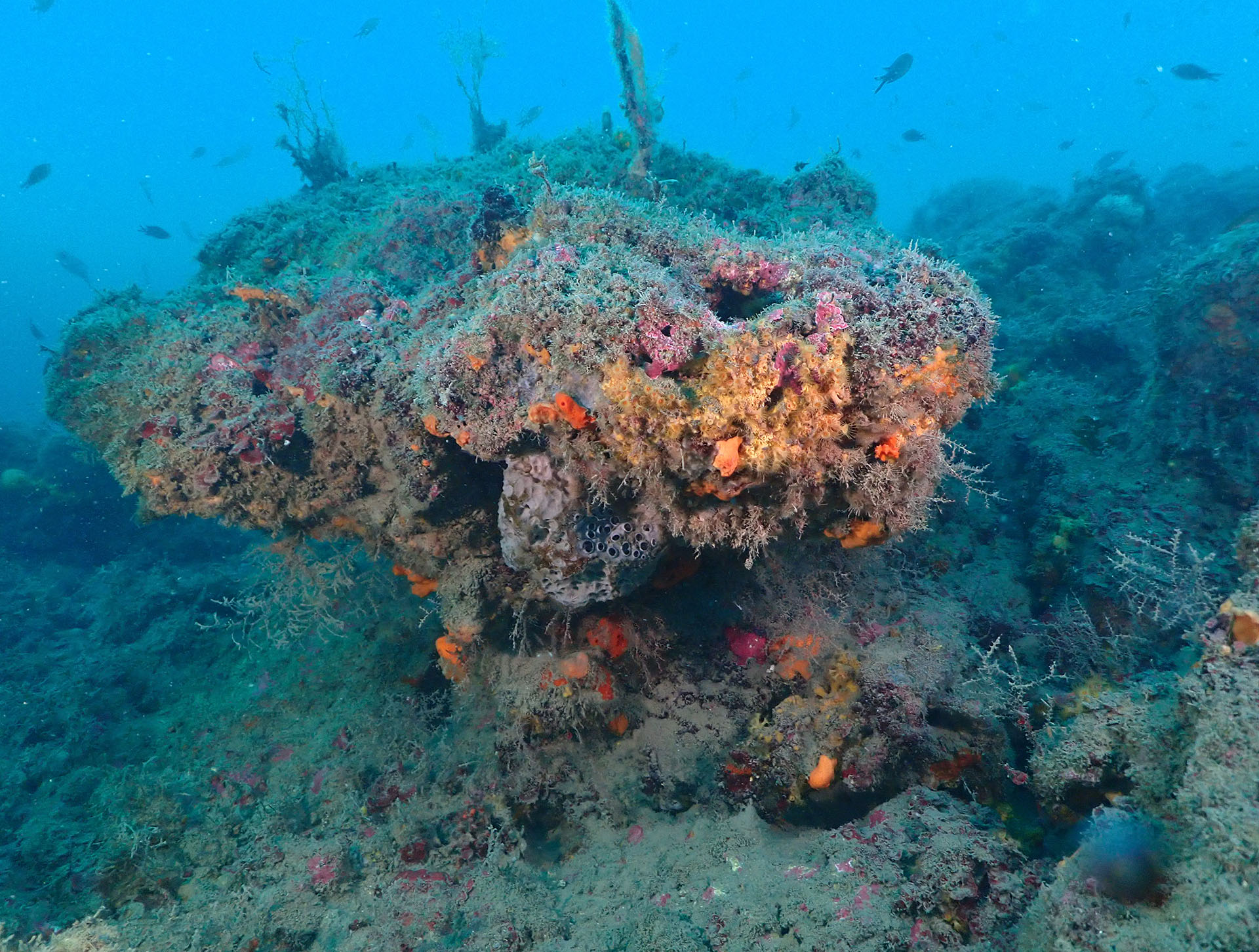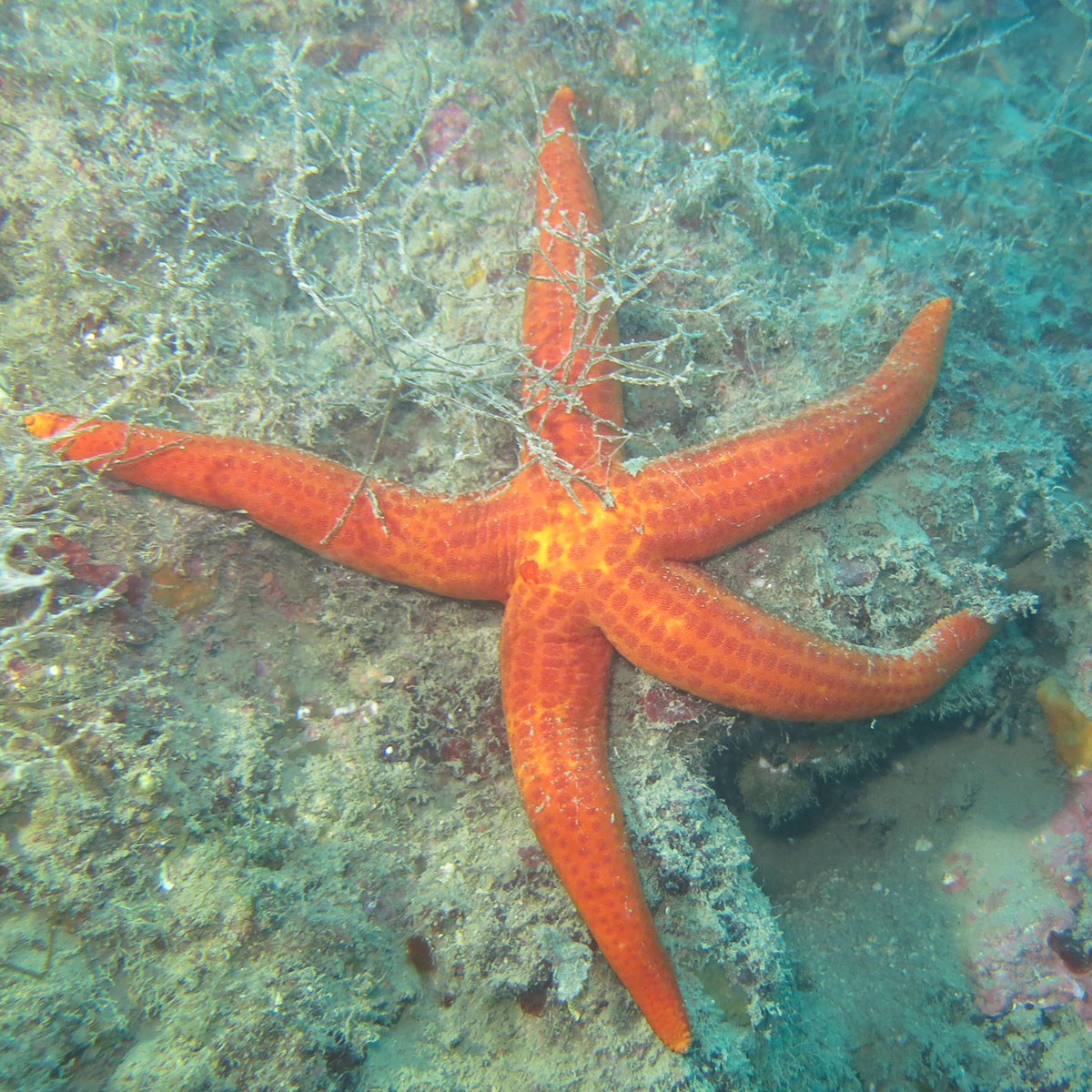Punta Manara shoal

Italy, Liguria, Genoa, Municipality of Sestri Levante (GE)
The shoal falls within the SAC IT 1333371 Seabed of Punta Manara area
The area is included in the marine SAC IT 1333371 initially established to protect the Posidonia meadows and subsequently enlarged to protect the vast areas of coralligenous.
Punta Manara – the chosen dive site does not have a specific name.
LAT
LONG
Reference system
44°14-987’N
9°24.241’E
WGS 84
Maximum depth
Difficulty
From -25m to -35m, square dive with descent and ascent in the blue, visibility not always optimal and rather intense current, therefore suitable for advanced patent holders.
Medium
5 diving centers operate in this area, although the various dive sites are not much visited mainly due to the sustained passage of boats in the area which puts diving safety at risk. The site is used a lot for both professional and amateur fishing purposes.
Attenzione
FRAGILE
SPAMI
species
Diving
Natural
Medium
frequented

Description of the site of natural interest
The coral bottoms of this area are very extensive and range from depths of -25m to over -70m. The site described here is located at a distance of about 200 meters from the emerged point and consists of rocks of variable height (about 4-5m) placed on a detrital seabed and rocky terraces that descend to greater depths (over 35 m).
The main Ligurian coastal current, which moves large masses of water in an east-west direction, impacts longitudinally the rocky walls that have many structuring organisms.
The rocks have different benthic communities that characterize 3 different submerged environments: (1) the cap of the rocks with a dominance of infralittoral sciaphilous algae; (2) the sides of the rocks and the vertical walls of the rocky terraces facing south with structuring species such as gorgonians, such as Paramuricea clavata and Eunicella singularis, but also sponges such as Axinella cannabina, A. polypoides and Sfoetida; (3) caves and ravines at the base of the rock with sponges and cnidarians.
The presence of echinoderms (Hacelia attenuata), sedentary polychaetes including Sabella spallanzanii, and sea squirts (Halocynthia papillosa) are very common. Among the ravines you can meet morays and groupers (Muraena helena, Epinephelus marginatus) even if the most common fish fauna is represented by small serranids (Anthias anthias and Serranus cabrilla) and sparidae (Diplodus spp.). The ravines always present concretions of sponges, bryozoans and cnidarians and on the numerous colonies of hydrozoans and on the sponges (eg ) there are nudibranchs (Peltodoris astromaculata and Hypselodoris tricolor).





